
|
|
|
|
|
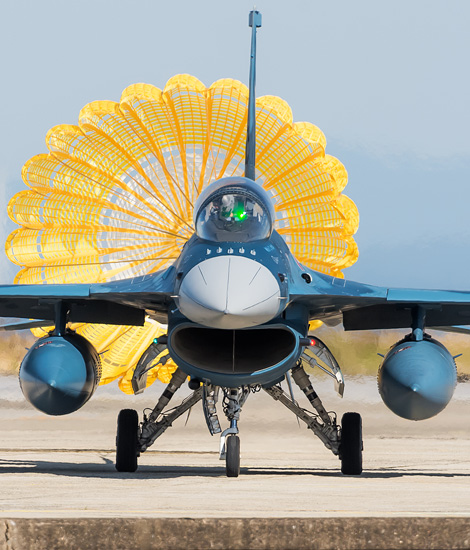
|
Disaster Strikes due to a Tsunami; Tsuiki, November 5, 2019
Mitsubishi F-2 Viper Zero, part 3; Text and Photograph's by Alex van Noye
After the Mitsubishi F-2 was delivered in the period from 2000 to 2008, fate would strike a few years later. A tsunami caused major problems with the F-2 fleet that had a major impact on the type of training. After recovery, it was announced at the end of 2018 that Japan will develop a successor for the F-2 in the future.
In total, the Japan Air Self Defense Force (JASDF) has received more than 94 Mitsubishi F-2s. The planes were in operational service for a few years when suddenly things went wrong in Japan. On March 11, 2011, fate struck for a part of the Japanese F-2 fleet. A tsunami caused by a major earthquake in the Pacific Ocean damaged a large part of the Matsushima fleet. The 21 Hikotai training unit is based on this airbase. This unit had 18 F-2B aircraft in use at the time of the disaster. Matsushima Air Base was completely flooded by the tsunami and all aircraft were initially considered lost. This disaster resulted in the loss of more than 20% of the 94 built F-2s in one strike of the water. The loss of these aircraft caused 59% of the available two-seater combat aircraft to be lost. When the Matsushima repairs started, 21 Hikotai was moved to Misawa to continue the training of the F-2 pilots. The unit would eventually stay there until March 11, 2016 before returning to Matsushima. Initial inspections revealed that only six aircraft could be repaired. The estimated costs were 5 and 6 billion yen per aircraft. When the disaster occurred, Japan was already closing the production lines of the F-2 because all the aircraft ordered had already been delivered to the JASDF. Restarting the line to build more aircraft was virtually unaffordable due to a recession in Japan and a number of substantial austerity measures.
The largest shortages due to the natural disaster occurred in the training for the F-2 pilots. There were simply not enough training aircraft available for pilots due to a shortage of two-seater aircraft. The government's education program intervened by training pilots in the United States with the help of the F-16 Fighting Falcon. The repair costs had meanwhile risen to more than 130 billion yen, which meant that they had to implement this new training policy. On January 22, 2013, the Secretary of Defense announced that plans had been launched to repair seven additional F-2B aircraft in addition to the aforementioned six aircraft. If a total of thirteen of the eighteen aircraft
|
|
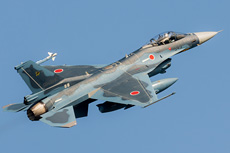
|
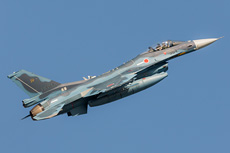
|
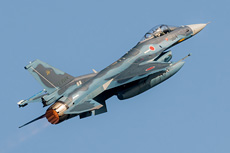
|
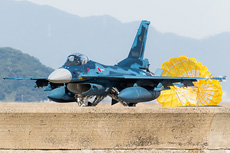
|
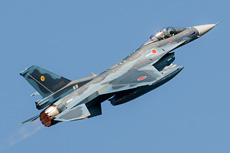
|
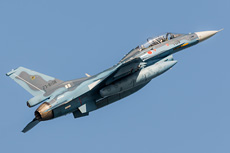
|
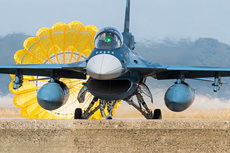
|
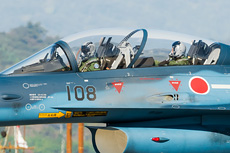
|
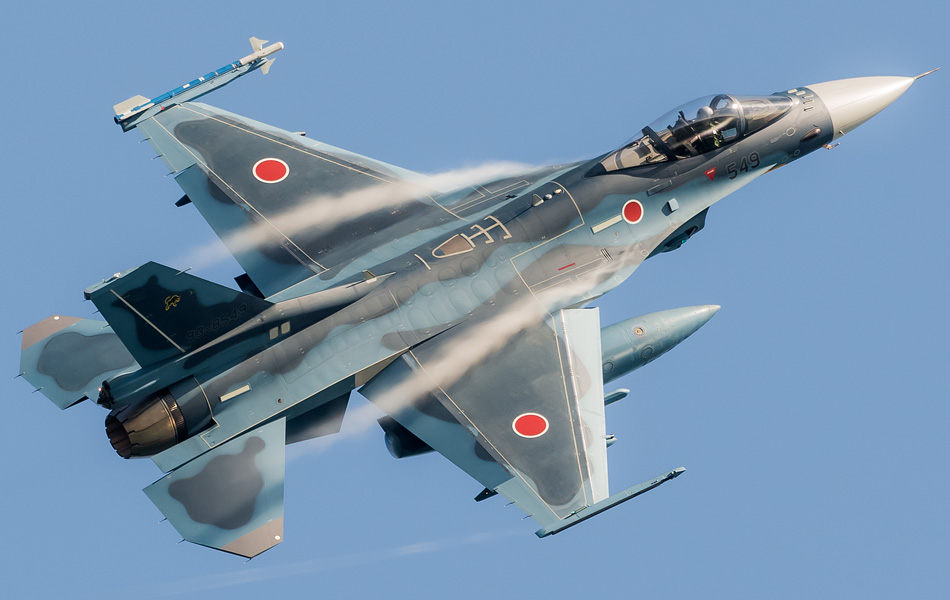
|
were repaired and completed, the number of operational aircraft would again be 88. This would be a recovery to 95% of the entire fleet compared to the pre-tsunami level. On February 16, 2015, the first repaired aircraft successfully made its first test flight at Nagoya Airfield. Mitsubishi Heavy Industries delivered the first aircraft back to the JASDF on April 21, 2015 from the Komaki Minami Plant in Toyoyama-cho. In the period up to the end of 2017, a total of thirteen aircraft were repaired and returned to the JASDF. The repair costs ultimately amounted to more than 73 billion yen because of the convenient use of the available resources such as spare parts and production facilities. After these repair actions, Matsushima was also repaired and 21 Hikotai returned to its own airbase in March 2016. On 28 February 2018, the last repaired F-2 landed on Matsushima and the training was completely in Japanese hands again.
As with many aircraft that serve the JASDF, plans have also been made for a drastic update of the existing F-2 fleet. An important aspect here is making the type suitable for the air defense mission that will play an increasingly important role in Japan. For years there were various plans that people wanted to implement. The F-2 was initially regarded as the successor to the outdated F-4 Phantom II. The F-2 never became the successor of this type when it became known that people would go for the F-35A Lightning II in Japan. The initial plan for updates was launched in 2004 in collaboration with the American aircraft manufacturer Lockheed Martin. An improvement plan for the F-2 based on the F-2B design was presented at the International Aerospace Exhibition in Yokohama. Lockheed Martin called the aircraft the F-2 Super Kai, because the aircraft would be a superior aircraft after the update. The new design would get a new AESA radar type radar with improved targeting capabilities. The aircraft would be updated with the Link 16 communication system and the single-seat aircraft would receive a second seat for Weapon System Officers (WSO). The new F-2B would also receive improved weapons such as AIM-120 AMRAAM missiles, AIM-9X Sidewinder missiles, AGM-154 JSOW missiles and AGM-88 HARM anti-radiation missiles. After the update, the F-2 would have systems to use guided bombs such as JDAM and LJDAM. The planes would also be able to carry reconnaissance pods and there was the possibility to use conformal fuel tanks as is also implemented with the F-16.
At present, the Japanese Ministry of Defense has no plans to implement the update plan and Lockheed Martin has not published any further reports. There have, however, been some minor updates to the existing F-2 fleet. Nowadays, the aircraft can already carry the JDAM bombs. In addition to the plans to keep the F-2 future-proof, a project has also been started in which the successor to the F-2 will be developed. The F-2 must serve in the JASDF until the 2030s. On December 18, 2018, 30 general design specifications for the air defense were drawn up for the future. These specifications also included the guidelines for a fighter plane to be developed in the future to relieve the F-2 in its duties. Several investigations have already been done which also looked at the purchase of foreign aircraft. Because Japan does not want to be totally dependent on other countries, it has been decided to develop a new combat aircraft that will be designed under the name F-3. On March 3, 2019 it became known what the requirements are for the specifications of the F-3. In the summer of 2020 it will probably be considered which partner countries will be involved in the project. The development will start in 2021 and the aim is to make the first test flights with the F-3 in 2030. Until then, the current characteristic blue combat aircraft will remain Japan's most important offensive weapons. The F-2 has had a slow start, but is now an important part of the JASDF.
|
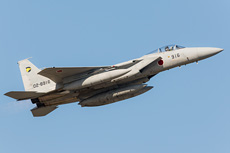
|
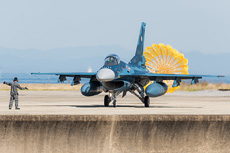
|
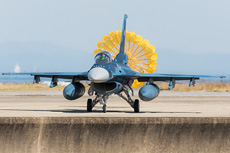
|
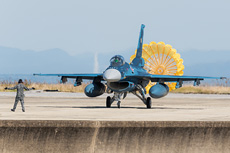
|
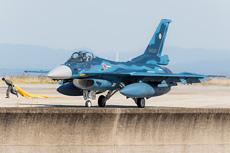
|
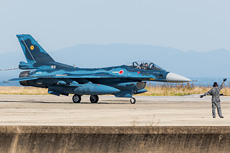
|
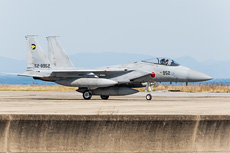
|
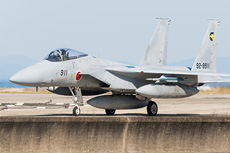
|
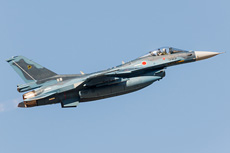
|
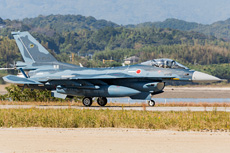
|
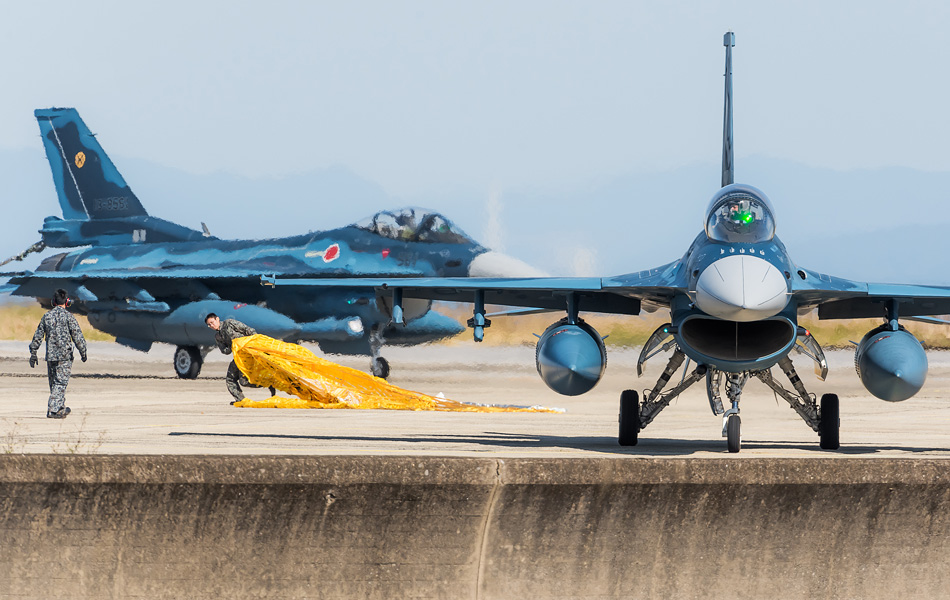
|
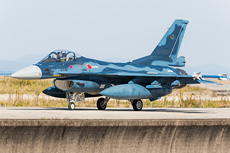
|
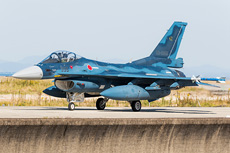
|
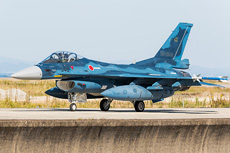
|
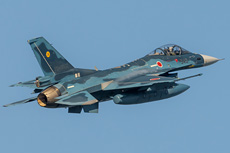
|
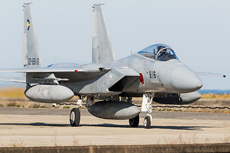
|
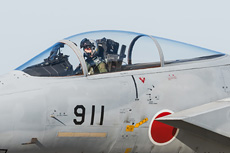
|
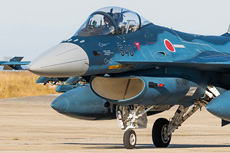
|
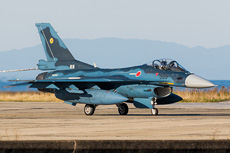
|
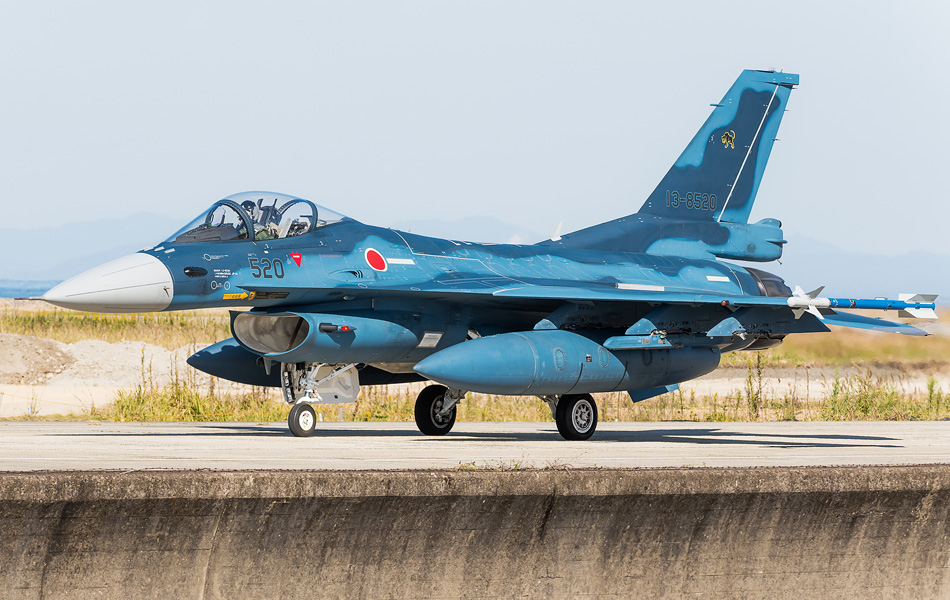
|
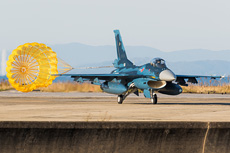
|
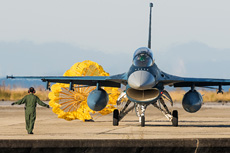
|
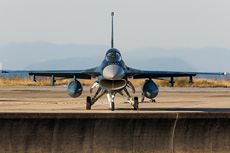
|
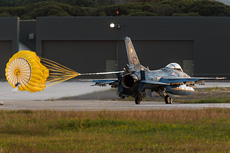
|
|
|

|







